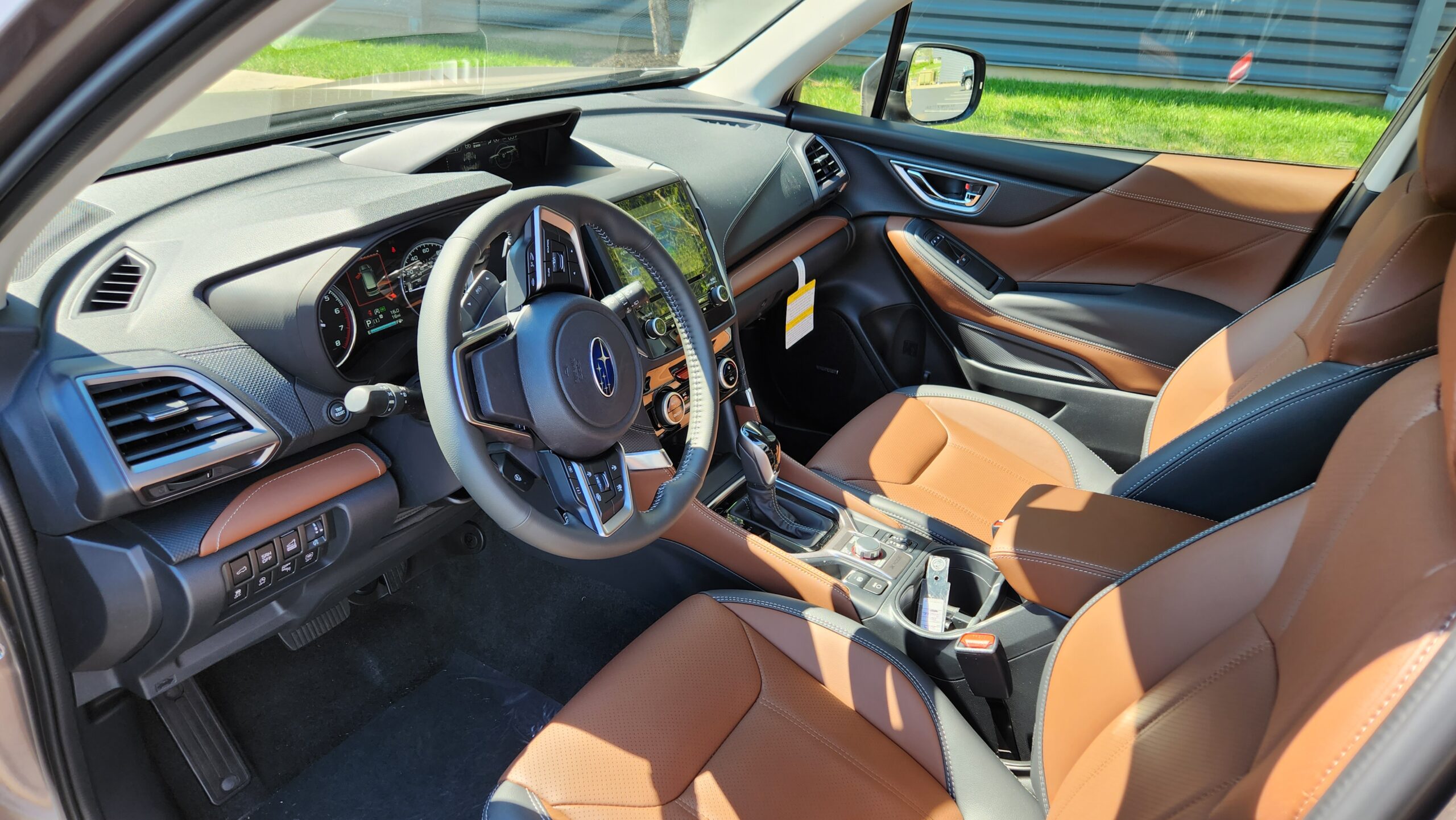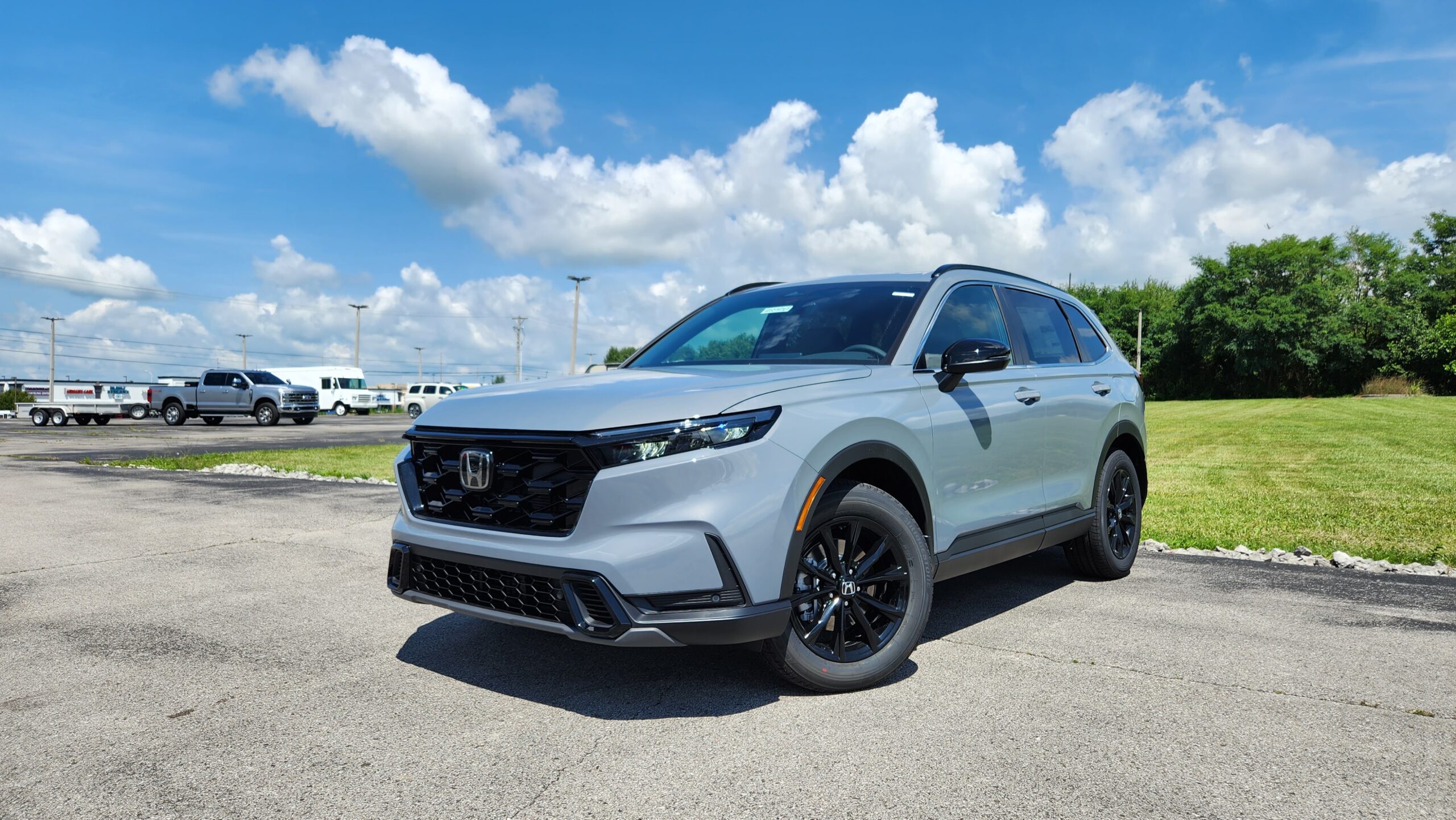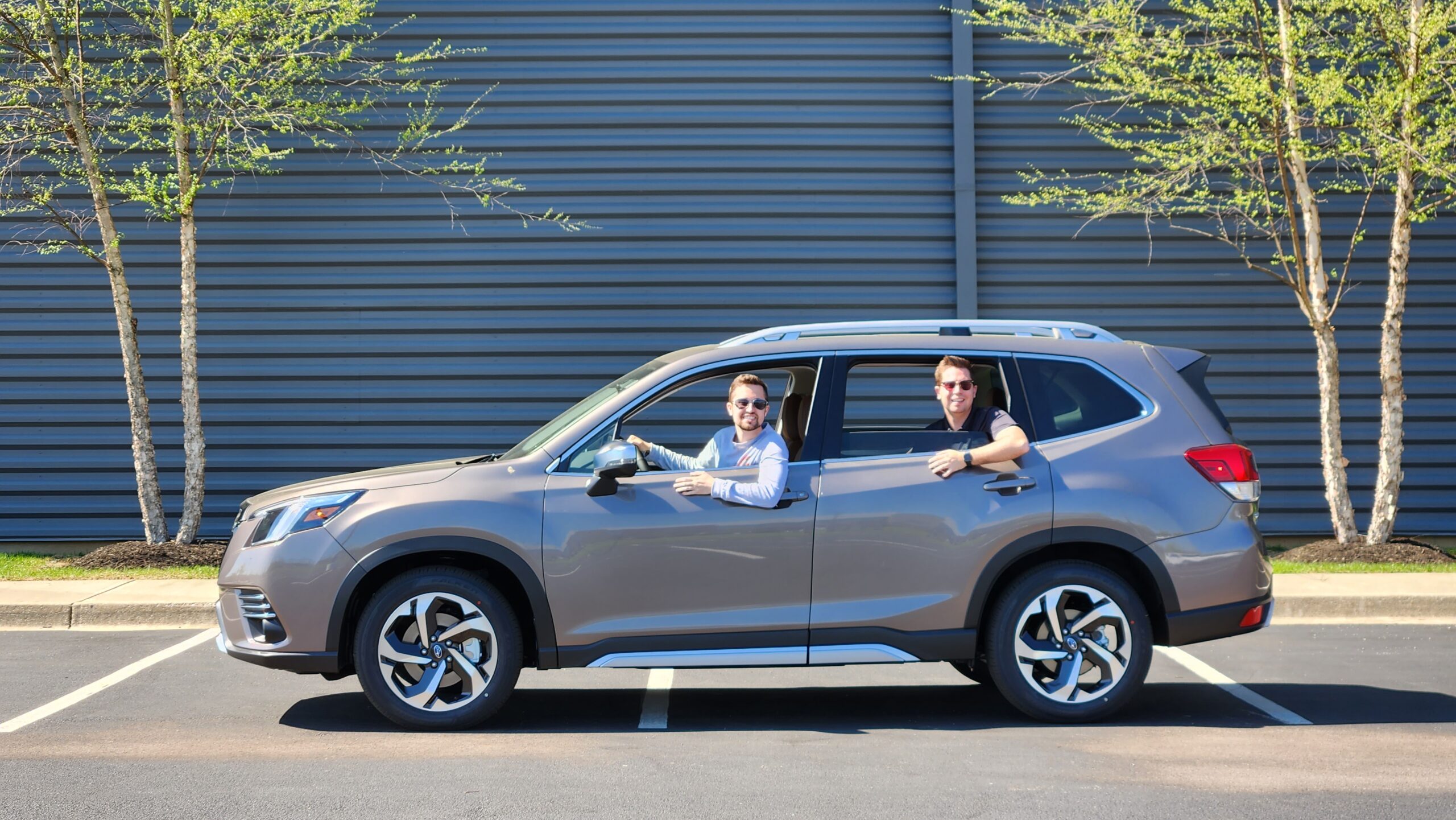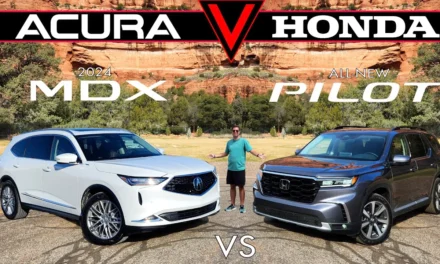Are you in the market for a compact crossover? Don’t limit your options to just the RAV4 and CR-V. In this comparison, we explore the 2024 Honda CR-V vs. 2023 Subaru Forester to help you make an informed decision. Let’s get started! Be sure to watch the full video below for an in depth design comparison!
Pricing and Equipment
Let’s kick things off with a quick look at pricing and equipment. The 2024 Honda CR-V offers the Sport L trim, which comes fully loaded and is priced just under $40,000.
– CR-V (Sport-L Hybrid AWD): $39,630
On the other hand, the 2023 Subaru Forester Touring has a total price slightly over $40,000.
– Forester Touring AWD: $40,211
Both models come well-equipped, and you can check local dealership quotes and invoice pricing information on our website for more details.
Exterior Design
The CR-V and Forester exhibit different design philosophies. The CR-V boasts a sporty yet straightforward design, while the Forester maintains its signature look, exuding a rugged appearance. The Forester also offers more ground clearance at 8.7 inches compared to the CR-V.
In terms of lighting, both models feature LED headlights, but the Forester’s are premium projectors that adapt to cornering. The CR-V fights back with LED turn signal indicators, while the Forester boasts additional LED fog lamps.
Moving to the sides, the Forester is about 2 inches shorter than the CR-V, and both ride on 18-inch alloy wheels. The CR-V also includes dual exposed exhaust outlets, whereas the Forester has a single exhaust outlet.
For towing enthusiasts, the Forester can tow up to 1,500 lbs, whereas the CR-V can handle 1,000 lbs.
Additional Features
Both models offer heated mirrors and blind spot monitoring, but the Forester takes the lead with auto-dimming mirrors.
Safety features come standard in both models, with additional functions like traffic jam assist in the CR-V and rear auto-braking in the Forester. Warranty coverage is similar, but Honda now provides 2 years of complimentary maintenance coverage.


Interior Design
Both the CR-V and Forester come with standard smart entry systems and remote start.
Inside, their designs differ significantly. While both offer leather seats with 10-way power adjustment, memory, and heating, the Forester Touring adds luxury touches with stitched two-tone leatherette materials.
The CR-V features a half-digital and half-analog gauge cluster, while the Forester opts for a traditional cluster with a helper display in the middle of the dashboard.
The CR-V’s interior shines with excellent storage space, boasting a large center console and a roomy front storage bin. It also includes a wireless phone charger.
Both models have traditional shifters and backup cameras with active trajectory, but neither offers a 360-degree camera. They also come with electronic parking brakes and brake hold.
In terms of infotainment screens, the CR-V edges out with a 9-inch screen, while the Forester features an 8-inch screen. However, the CR-V’s software is more advanced, offering wireless Android Auto and Apple CarPlay, while the Forester requires a physical connection.
Additional differences include auto-dimming mirrors with built-in HomeLink universal garage openers in the Forester, and a panoramic sunroof in the Forester, which opens wider than the CR-V’s sunroof.


Rear Seats and Cargo
Both models offer generous rear seat space, with the CR-V excelling in legroom and the Forester in headroom. They both provide rear vents and two USB ports, but the Forester goes the extra mile with heated rear seats.
In the cargo department, the CR-V offers more space, with 30% more room behind the second row and only 3% more with the seats folded. The Forester includes convenient buttons to fold the seats from the cargo area. Additionally, the Subaru has a spare tire under the floor, a feature absent in the CR-V Hybrid.


Powertrain
Now, let’s talk about what’s under the hood. The CR-V boasts a 2-motor hybrid system producing 204 hp and 247 lb.ft of torque. In contrast, the Forester is not available as a hybrid, using a 2.5L Boxer 4-cylinder engine with 182 hp and 176 lb.ft of torque. This power difference allows the CR-V to accelerate faster, with a 0-60 time of 7.6 seconds compared to the Forester’s 8.3 seconds.
Both models feature different transmission systems, but they offer similar driving experiences. The CR-V is equipped with an eCVT, while the Forester uses a conventional Continuously Variable Transmission.
In terms of noise levels, the Forester is quieter at 55 MPH, making it a more serene ride.
The CR-V Hybrid excels in fuel economy, achieving 8 MPG better combined fuel efficiency compared to the Forester.
Who did it the best?
In this closely matched comparison, your choice should depend on your priorities.
Choose the Forester if you value:
– Extra luxury features, including a panoramic sunroof and heated rear seats.
– Non-hybrid powertrains.
– Ground clearance and off-road capabilities.
Opt for the CR-V if you prefer:
– A hybrid powertrain.
– Faster acceleration and better handling.
– Maximum cargo space.
– Honda’s reputation for reliability.
Now we want to know your opinions, so make sure to head to the comment section and let us know which one you would pick!
Anyway, thanks for joining us for another Car Confections Comparison, and be sure to watch the video below for a full visual comparison.














Recent Comments